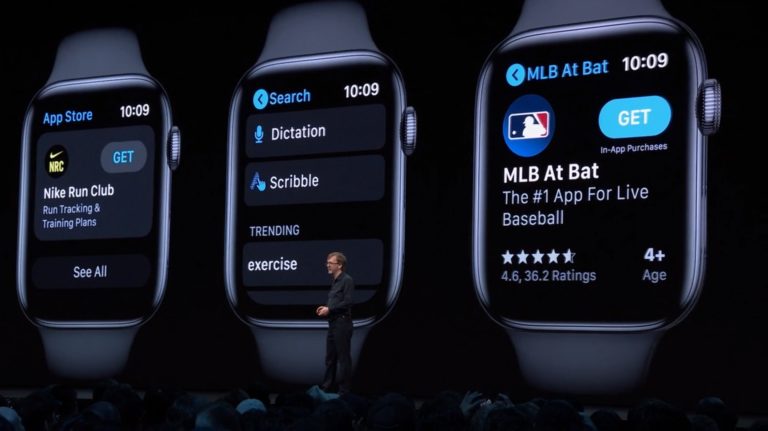MIT Has Made A ‘Self-Boosting’ Vaccine That Gives You Multiple Shots With One Injection

The field of medicine is continuously evolving to provide better healthcare. Another evolution is done by the researchers at the Massachusetts Institute of Technology (MIT), who have developed microparticles that will revolutionize the process of vaccination.
A majority of the vaccines require multiple shots to vaccinate the recipient fully. But what the MIT researchers have developed will change all that, as they can be tuned to deliver their ‘payload’ at distinct times. This means researchers could use this to create ‘self-boosting vaccines.’
Self-boosting vaccine
With the help of these particles, researchers could produce vaccines that would only require one shot and ‘self-boost’ at a certain time in the future. The particles will remain inside the body until the vaccine is released and eventually break down.
According to professionals, it could help administer childhood vaccines in regions where people do not have access to medical care. However, its use will extend to all kinds of vaccines, line RNA-DNA-based, and recombinant protein-based vaccines.
The particles could also come in handy to deliver therapeutics, like biological and cancer drugs and hormone therapy. Such type of drug delivery could profit from treating cancer. Researchers could deliver drugs that rouse the STING pathway, which promotes immune responses in the region surrounding a tumor.
Once injected into the tumors, the particles could deliver multiple doses of the drug over months. This procedure repressed tumor growth and reduced metastasis in treated animals.
How it works
The particles are created from PLGA; a biocompatible polymer permitted for use in implants, sutures, etc. To produce these cup-shaped particles, researchers created arrays of silicone molds used to shape PLGA cups.
After this, a custom-built and automated dispensing system filled each cup with a vaccine or drug. Lastly, the system is heated for some time to fuse the cup and lid, which seals the drug inside.
When discovering how it could be broken down, studies showed that the polymers degraded by water, and after enough of these had cleaved down, the lid became porous. Eventually, the lid broke apart and spilled out the contents.
When seeing if the design parameters or shape impact the drug release time, researchers found that the PLGA particles released their content depending on differences in the composition of the polymer and the chemical groups attached to it. Researchers will use a corresponding polymer if you want to release the ‘medicine’ after six months, and the same with other periods.
While the development is impressive in itself, there is still a long way to do to make it applicable. But once that is done, it will alter how we administer vaccines and many medicines.
There have been some interesting developments at MIT lately, including a smart textile that’s a movement tracker, firefly-inspired rescue robots, and Lego-like stackable AI chips. We’re excited to see the application of these innovations in the future.






